7 Perfect Romano Cheese Alternatives for Every Recipe
Romano cheese brings a sharp, salty bite that enhances pasta, salads, and baked dishes.
When Romano isn’t on hand, cheeses like Parmesan, Pecorino, or Asiago can provide similar flavor intensity and texture.
Some substitutes offer a creamier mouthfeel or a more pungent aroma, depending on your preference.
These seven Romano cheese alternatives allow you to maintain that savory punch in your cooking.
Knowing how to swap cheeses ensures your dishes stay bold and authentic.
These options provide versatile solutions for every cheese-loving cook.
Explore the best Romano substitutes to elevate your recipes effortlessly.
Options to Replace Romano Cheese
Romano cheese brings sharp, savory notes to food. Without it, you can still capture a similar flavor. It’s all about keeping the dish balanced and flavorful.
Parmesan
Parmesan cheese stands out as the perfect substitute for Romano with its versatile, hard texture made from cow's milk and slightly sweeter, nuttier profile.
This delicious alternative contains less saltiness and tanginess than Romano while still offering that wonderful sharp flavor that grates beautifully over your favorite dishes.
Sprinkle it generously on pasta, garlic bread, or roasted potatoes for an instant flavor upgrade that everyone will love.
The cheese melts into a creamy consistency, making it ideal for both cold and hot recipes where you need that distinctive Italian flavor.
Fresh blocks of Parmesan deliver much better flavor than pre-shredded varieties and give you the freedom to grate, shave, or slice as needed for different recipes.
Simply substitute Parmesan for Romano in a 1:1 ratio in any dish calling for that distinctive hard cheese flavor.
Grana Padano
Grana Padano is an excellent substitute for Romano cheese, offering a slightly sweeter flavor and less crumbly texture while still delivering that rich Italian character many recipes demand.
This hard cow's milk cheese costs less than Romano because it lacks the Protected Designation of Origin status that Pecorino Romano and Parmigiano-Reggiano enjoy.
When cooking, simply use Grana Padano in equal amounts (1:1 ratio) as you would Romano in your favorite dishes.
For those missing Romano's distinctive saltiness, a small pinch of additional salt can easily balance the flavor profile.
Most grocery stores with decent cheese selections carry Grana Padano, making it a convenient alternative when Romano isn't available.
Piave
Savvy cooks can swap Romano cheese with Piave, a delicious Italian alternative from Belluno that takes its name from a local river.
Piave comes in five different aging stages, with younger versions offering sweeter notes while the aged varieties deliver stronger, full-bodied flavors that work best as Romano substitutes.
You can use exactly the same amount of Piave in your recipes as you would Romano, making it an easy one-to-one replacement in pasta dishes, salads, or anywhere you'd normally sprinkle Romano.
Adding a small pinch of salt helps compensate for Piave's slightly less salty profile compared to the robust Romano cheese.
Many home chefs particularly enjoy aged Piave on cheese boards alongside dried fruits and nuts, where its complex flavor can truly shine.
Asiago
Asiago cheese is an excellent Romano substitute because of its wide availability in most grocery stores.
This cow's milk variety belongs to the hard Alpine cheese family, offering different qualities depending on its age.
Fresh Asiago provides a mild, smooth, milky flavor that melts wonderfully in dishes where Romano would typically shine.
For a closer match to Romano's distinct character, aged Asiago (matured 4-15+ months) delivers a stronger, richer taste profile and grates easily just like Romano does.
When replacing Romano in your recipes, a simple 1:1 substitution ratio works perfectly, allowing you to maintain the intended flavor balance of your dish without any complicated adjustments.
Spanish Manchego
Spanish Manchego, crafted in the La Mancha region from sheep's milk, stands out as an excellent Romano substitute when properly aged.
This semi-hard cheese develops sharper, tangier flavors after aging at least one year, making it remarkably similar to Romano despite being somewhat sweeter and less salty.
Younger Manchego offers milder, slightly sweet notes but doesn't quite capture Romano's distinctive character that many recipes require.
For best results, you can use this Spanish delicacy in a simple 1:1 ratio when replacing Romano in your favorite dishes.
The texture becomes increasingly flaky with age, providing that satisfying bite that Romano lovers appreciate in pasta dishes and salads.
Mozzarella
Mozzarella offers a mild, fresh, and slightly salty flavor profile as a soft Italian cheese that stands apart from Romano's bold character.
This creamy cheese melts beautifully, making it an excellent choice for dishes where you need that perfect gooey texture rather than the firm, grateable quality of Romano.
For recipes where Romano's sharp, aged flavor is essential, other alternatives might serve you better since mozzarella's gentler taste can't deliver the same punch.
The cheese's soft consistency means it won't grate as readily as harder varieties, but its superior meltability more than makes up for this minor drawback in most cooking applications.
Nutritional Yeast
Nutritional yeast, affectionately known as "nooch" among dairy-free enthusiasts, stands out as the perfect Romano cheese alternative with its distinctive salty, nutty, and cheesy flavor profile.
This powdered yeast comes in flakes or granules and is both a cooking ingredient and garnish while offering significant nutritional benefits for those avoiding dairy products.
Many people appreciate that nutritional yeast delivers a convincing cheese experience without any animal products, making it especially valuable for vegans and the lactose-intolerant community.
The strong flavor means you should start with half the amount called for in your recipe when replacing Romano cheese in your favorite dishes.
Additional nooch can always be sprinkled in later if your taste buds crave that extra cheesy kick.
Can a Dish Stay Authentically “Roman” Without Romano?
Roman cuisine is deeply tied to traditional ingredients, and Pecorino Romano cheese is a cornerstone in many classic Roman dishes like Cacio e Pepe, Carbonara, and Amatriciana. While Pecorino Romano imparts a distinct salty, sharp flavor unique to the region, a dish can still honor Roman culinary spirit without it, though it might not be considered fully authentic.
Using alternative cheeses like Parmigiano-Reggiano or Grana Padano changes the flavor profile, making the dish milder and less tangy but still delicious. Some cooks may adapt recipes due to availability or dietary preferences while maintaining traditional cooking methods and other ingredients.
While Romano cheese defines much of Roman cooking’s authenticity, thoughtful substitutions can keep the heart of the dish alive, even if purists might view it as a variation rather than a true classic.
How to Adjust Seasoning When Using Romano Cheese Substitutes
Romano cheese has a strong, salty flavor, so using a substitute can change how your dish tastes. A few small seasoning tweaks can help keep the flavor balanced:

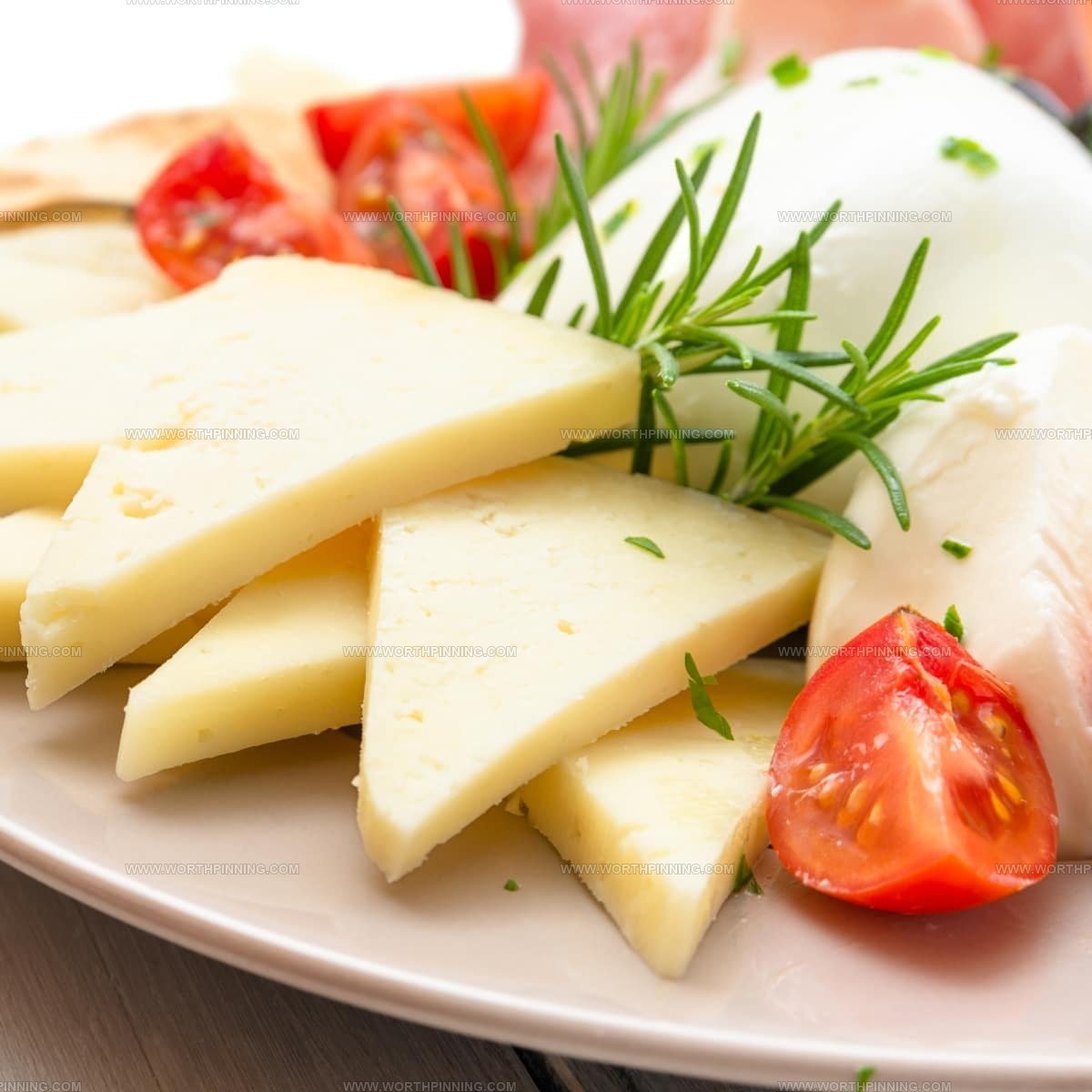
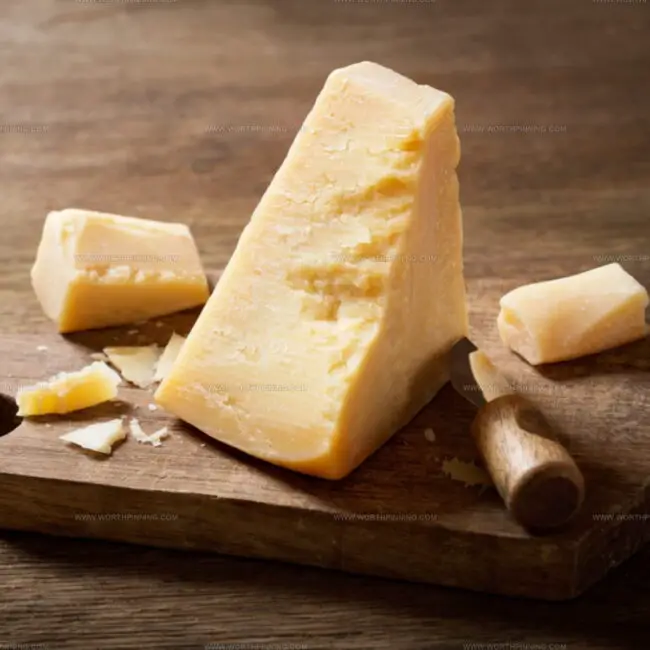
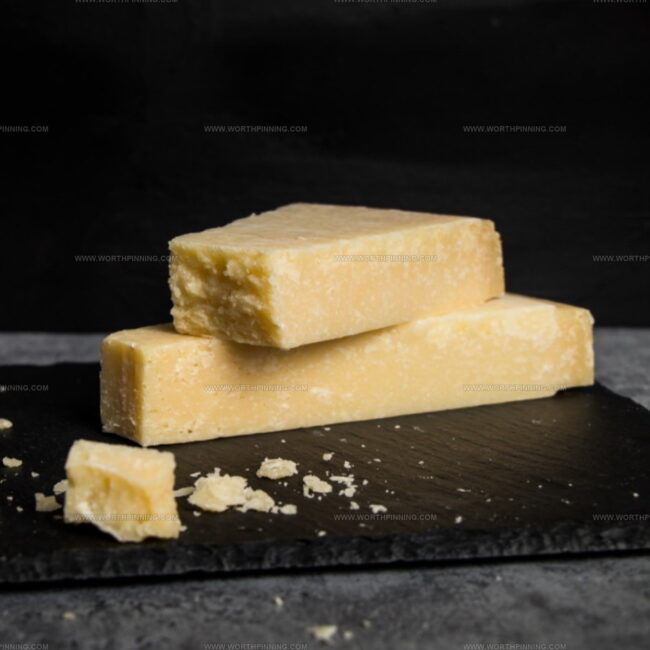
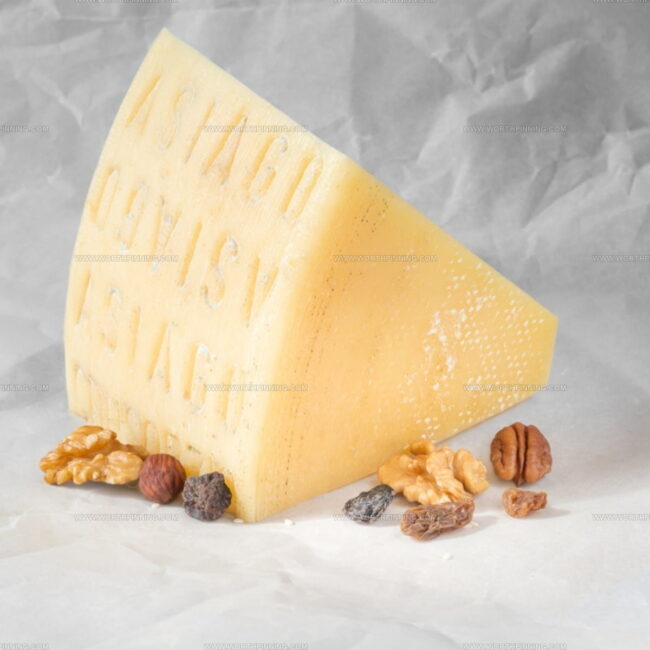
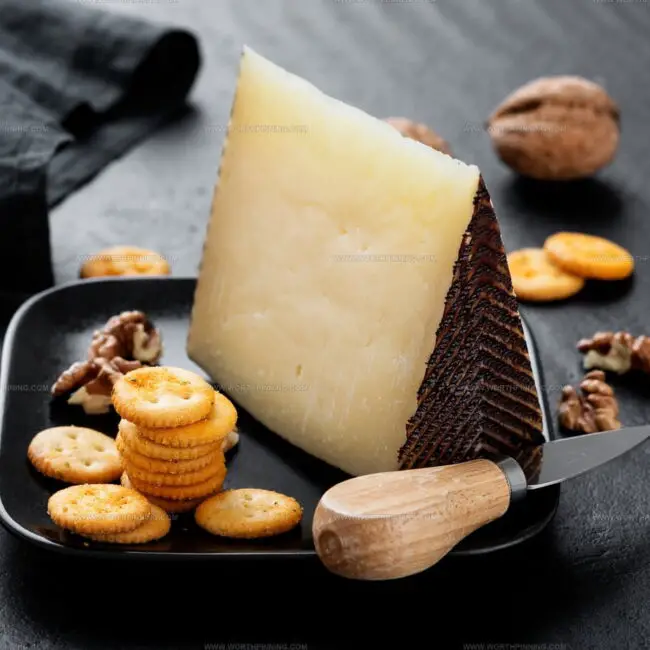
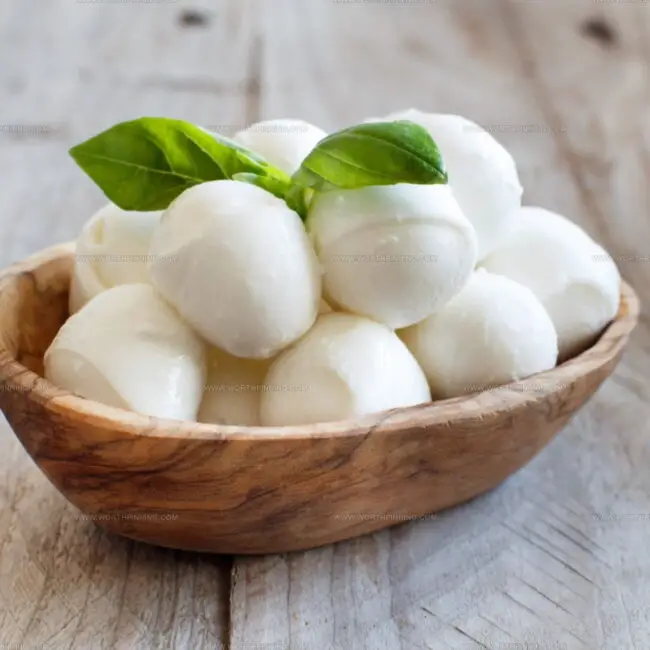
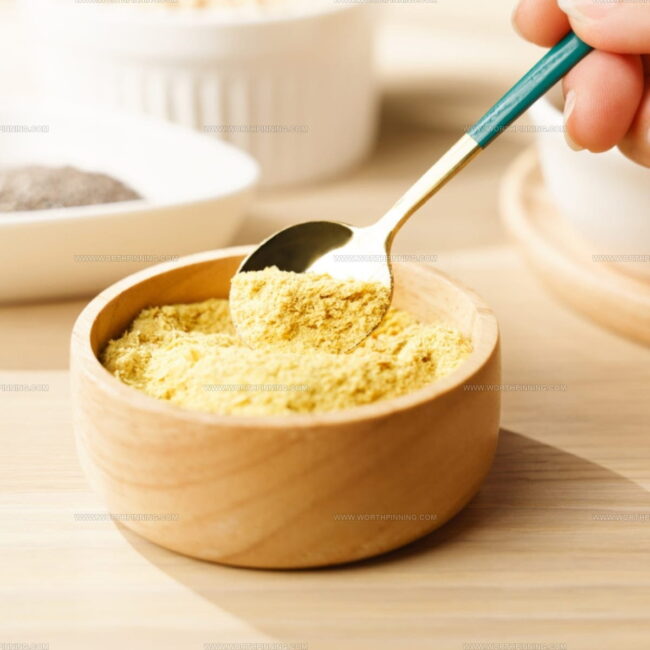
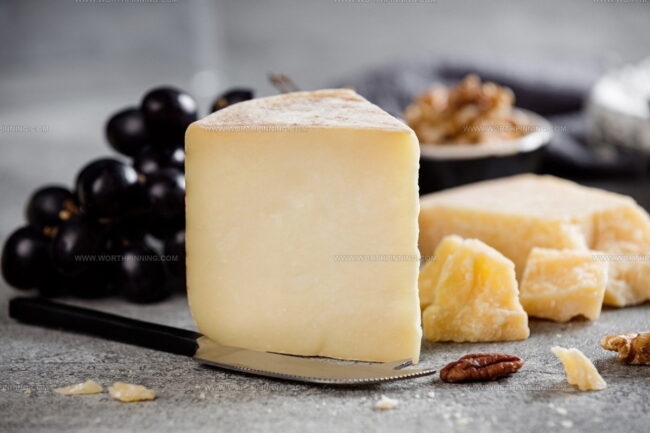
Sophia Rivera
Recipe Developer & Kitchen Tips Specialist
Expertise
Education
Austin Community College
San Antonio Culinary Institute
Sophia’s passion for baking began in her family kitchen, where she spent hours experimenting with new recipes. With a background in baking and pastry arts, she loves making desserts that are as visually stunning as they are delicious.
Sophia is all about using seasonal, locally sourced ingredients to create treats that everyone will enjoy. When she’s not creating mouth-watering desserts, you can find her gardening, making new recipes, or enjoying a relaxing afternoon with her family.